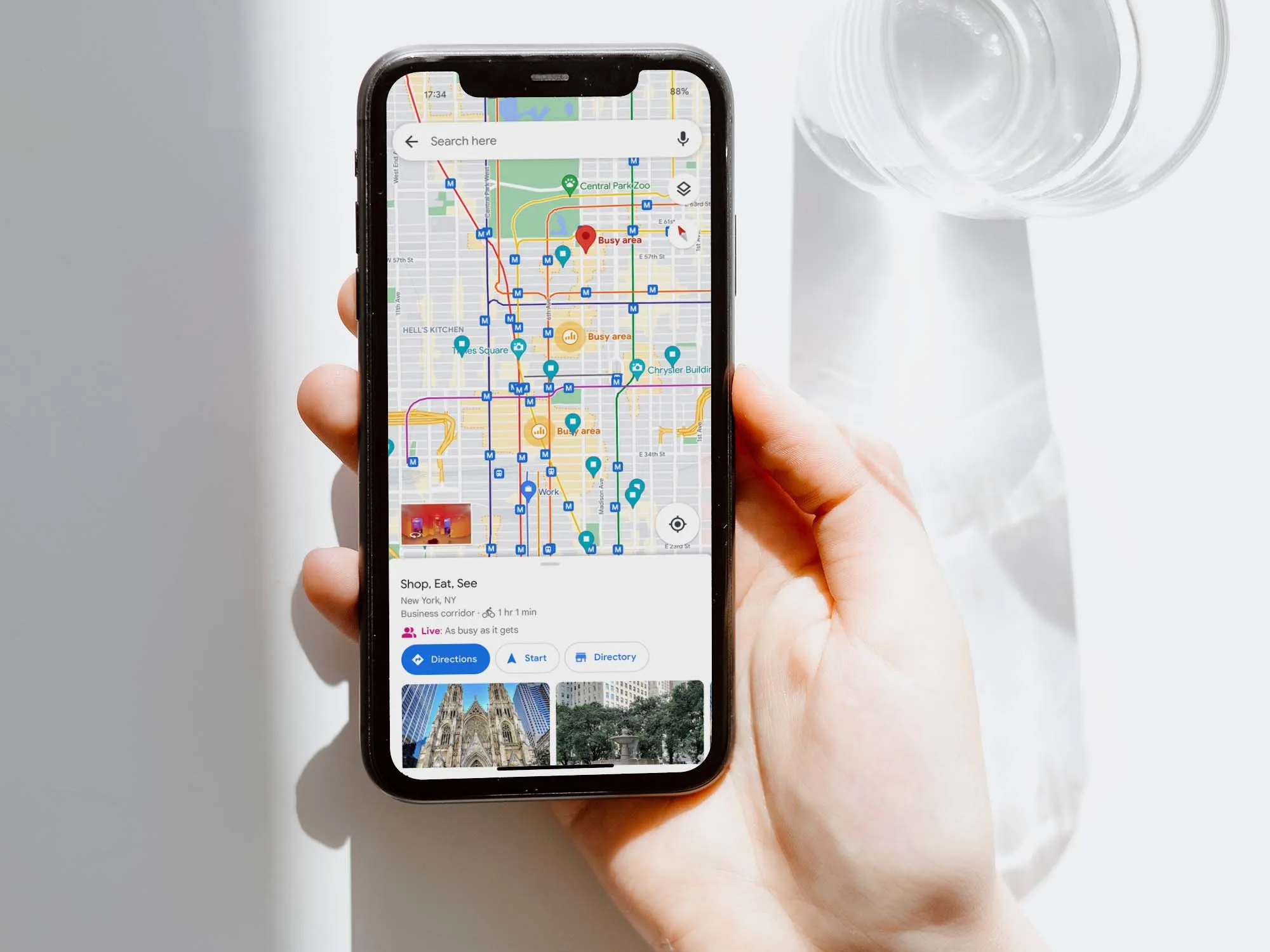
The center of any town or city is always busy, filled with dynamism and vibrancy and unlimited possibilities. These areas which are typically typified by high density, busy area marketplaces, and constant activity are the epicenter of business, entertainment, and socialization. Being either a resident who is in his or her daily routine or a visitor that is exploring a new environment, busy places are a vibrant experience that may be exciting and daunting at the same time.
A busy area is most likely to involve a combination of a variety of shops, restaurants, offices and entertainment sites which all socialize to make the area a lively place. It is here that individuals meet to socialize, shop, eat and spend time together. Big cities and small areas are busy places that reflect the life and culture of the community and also demonstrate the spirit of a place.
But these active places may be difficult to negotiate. Traffic jams, noise, and the rush life may be intimidating including those who do not know how to live in such a setting. However, it is possible to make the hustle and bustle a rich experience with a little preparation and awareness.
Economic powerhouses also happen to be busy areas. They are also an attraction to businesses and generate employment opportunities and add up to the local and global economy. Businessmen and workers do well here, as they get to find customers, partners and inspiration in the hub. Meanwhile, these places are the centres of cultural interaction, uniting individuals who belong to different backgrounds and ways of living.
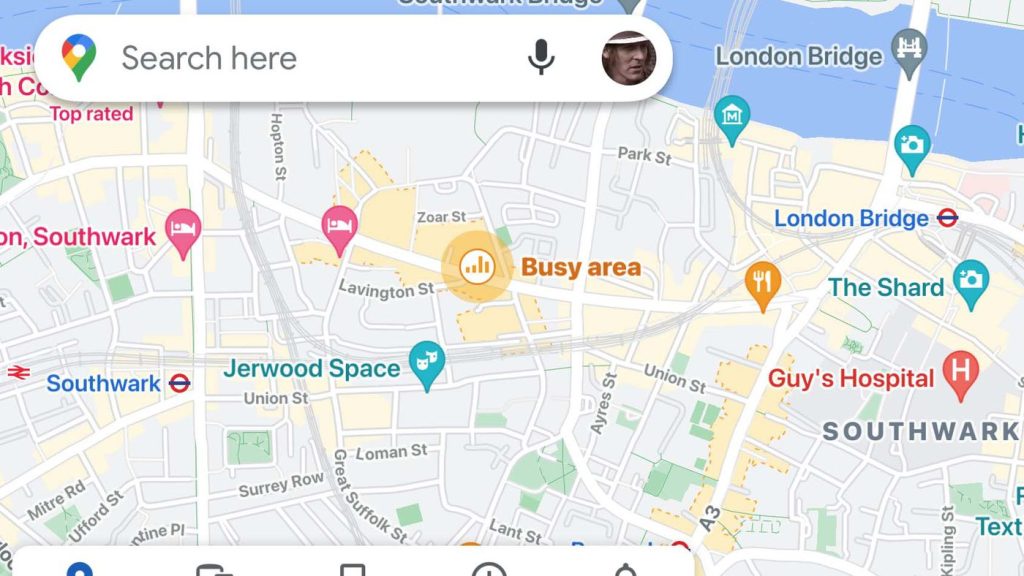
What Is a Busy Area?
A busy place refers to a place where there is a lot of activity, movement and energy and can also make a central destination of trade, social interaction and exchange of culture. Such places usually exist in towns, cities or where people congregate to work, have fun or any other daily aspects. Imagine a busy street in the market, a busy downtown or a crowded transportation center–all these are typical busy places.
There are busy places that have a lot of pedestrians and cars and a good density of stores, offices, restaurants, and entertainment parks. These locations are where people find themselves because of different reasons, which may include shopping groceries, events, taking food or just enjoying the colorful environment.
The capacity to support a variety of needs is one of the most characteristic features of a busy place. It is not rare to have a combination of local with fresh produce sellers, high-end retailers, street artists expressing their talents, and office-workers rushing off to the next task in the same area. This variety does not only render busy places practical but also vibrant and appealing to the culture.
Busy locations are important economically. They tend to be the backbone of local and regional economy providing income and jobs. The advantages of the high number of visitors to these areas are experienced by businesses whereas consumers have the comfort of accessing various goods and services under one roof.
Why Are Busy Areas Important?
Busy places are very important in the social, economic, and cultural life of any given community. These colorful centers are not merely busy places but they serve the purpose of city and town growth and connectivity. This is the reason why busy places are so important:
Economic Growth and Opportunities
Populated regions are economic giants. They draw in business, create employment, and propel local and regional economies. Small traders and multinational corporations find it easy to operate businesses in such busy areas since there is an unending stream of individuals with buying powers. Moreover, these places usually have markets, shops and services that suit a broad spectrum of requirements and, therefore, are a necessity to the economy.
Social Interaction and Community Building
Busy areas bring people together. Whether it’s a local market, a bustling park, or a busy downtown street, these spaces encourage social interaction and foster a sense of community. They serve as meeting points where people from diverse backgrounds connect, share experiences, and form bonds, promoting inclusivity and understanding.
Cultural Exchange and Enrichment
Many busy areas are cultural melting pots, offering a mix of traditions, cuisines, and lifestyles. From street performances to art displays, these areas showcase a community or city’s unique identity. This cultural vibrancy attracts both locals and tourists, making them significant for preserving and promoting heritage.
Accessibility and Convenience
Busy areas are often designed to be easily accessible, making them convenient for daily life. By concentrating essential services such as transportation, healthcare, and retail, these areas simplify tasks and save time for residents and visitors alike. Their centrality ensures that people can access what they need without traveling long distances.
Innovation and Creativity
The dynamic nature of busy areas inspires creativity and innovation. Entrepreneurs and artists often find these spaces ideal for launching new ideas, products, or art forms. The diversity and energy of a busy area can spark collaboration and fresh perspectives, fueling progress across various fields.
Tourism and Attraction
For many cities, busy areas like famous streets, markets, or downtowns are major tourist attractions. These spaces boost tourism and provide visitors with a firsthand experience of the local lifestyle and culture, contributing to a city’s global reputation.
Environmental and Urban Planning Significance
Properly planned busy areas can contribute to sustainable urban development. By concentrating services and amenities in one location, they reduce the need for long commutes and encourage the use of public transportation or walking. This approach helps minimize environmental impact while improving the quality of urban living.
Challenges of Busy Areas
While busy areas offer numerous benefits, they also come with their own set of challenges that can impact daily life, urban planning, and overall well-being. Understanding these challenges is crucial for addressing them effectively and making busy areas more livable and functional.
Traffic Congestion
One of the most visible challenges of busy areas is traffic congestion. With a constant influx of vehicles and pedestrians, roads and sidewalks can become overcrowded, leading to delays, accidents, and frustration. This issue not only wastes time but also contributes to increased air pollution and fuel consumption.
Noise Pollution
Busy areas are often noisy due to the combination of honking cars, construction activities, loud conversations, and music from shops or street performers. Prolonged exposure to such noise levels can lead to stress, fatigue, and even health issues such as hearing loss or hypertension.
Overcrowding
High foot traffic in busy areas can lead to overcrowding, making it difficult for people to move freely. This can result in discomfort, reduced accessibility for individuals with mobility challenges, and even safety concerns in emergencies.
Rising Costs
As busy areas attract businesses and consumers, they often become more expensive. Higher demand for space and resources can drive up rents, property prices, and the cost of goods and services, making it difficult for small businesses and lower-income residents to sustain themselves in such areas.
Environmental Impact
Busy areas can have a significant environmental footprint due to high energy consumption, waste generation, and air pollution. The lack of green spaces and sustainable infrastructure exacerbates these problems, affecting the overall quality of life and the surrounding ecosystem.
Crime and Safety Issues
Crowded and busy areas are sometimes hotspots for petty crimes like pickpocketing or shoplifting. The high concentration of people and distractions can make it easier for criminals to operate, posing a safety concern for residents and visitors.
Infrastructure Strain
The constant activity in busy areas can put immense pressure on infrastructure, including roads, public transport, utilities, and waste management systems. Overburdened infrastructure often leads to inefficiencies, breakdowns, and a lower quality of service for users.
Limited Personal Space
Personal space is often scarce in densely packed, busy areas. This can lead to feelings of claustrophobia, stress, and irritation, particularly for individuals who prefer quieter or more spacious environments.
Accessibility Issues
Navigating busy areas can be particularly challenging for people with disabilities, older people, or families with young children. Poorly designed sidewalks, inadequate public transport, and overcrowded spaces can make these areas less inclusive.
Stress and Fatigue
The constant hustle and bustle of busy areas can lead to mental and physical exhaustion. The need to stay alert, navigate crowds, and deal with noise and chaos can be overwhelming, especially for those not accustomed to such environments.
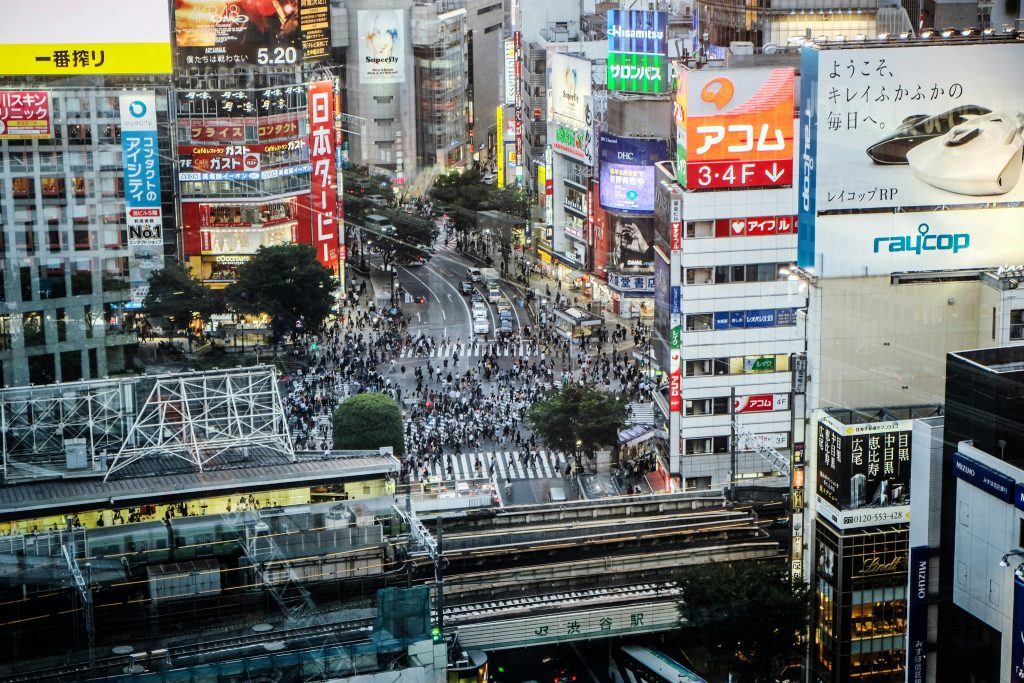
Step-by-Step Guide to Navigating a Busy Area
Navigating a busy area can feel overwhelming, but with the right approach, you can make the experience more manageable and even enjoyable. Here’s a step-by-step guide to help you get around busy areas efficiently and safely.
Step 1: Plan Your Route Ahead of Time
Before heading out, take a moment to plan your route. If you’re unfamiliar with the area, use a map app on your phone to get an idea of where you’re going. Familiarize yourself with nearby landmarks, main streets, and any potential shortcuts. Knowing where you’re headed will help you feel more confident and avoid unnecessary confusion.
Tip: Consider avoiding peak hours if possible. Busy areas can get even more crowded during rush hours, weekends, or special events.
Step 2: Choose the Right Mode of Transportation
Decide whether walking, driving, or using public transport is the best way to get to your destination. In busy areas, driving might not always be the most efficient option due to traffic and limited parking, while public transportation could be faster and more convenient.
Tip: If you’re walking, wear comfortable shoes, as you’ll likely be on your feet for extended periods. If you’re driving, try to use public parking lots or garages if available.
Step 3: Stay Aware of Your Surroundings
Once you’re in a busy area, stay alert to avoid accidents or getting lost. Monitor your surroundings and be mindful of pedestrians, cyclists, and vehicles. If you’re unfamiliar with the area, don’t hesitate to ask locals for directions.
Tip: Keep your phone handy, but avoid getting distracted by it. Also, stay aware of traffic lights, crosswalks, and other safety signals.
Step 4: Move Efficiently Through Crowds
Crowds are inevitable in a busy area. When navigating them, try to stay calm and move at a steady pace. If you’re walking, keep to the right side of the sidewalk or path to allow others to pass. Be courteous and avoid blocking the way. If you’re driving, follow traffic rules and avoid rushing to prevent accidents.
Tip: To avoid more enormous crowds, consider taking quieter side streets or walking at a slower pace during peak hours.
Step 5: Take Breaks if Necessary
Busy areas can be mentally and physically tiring. If you feel overwhelmed or need to recharge, find a nearby bench, café, or public space to take a short break. This can help you clear your mind and gather your energy for the rest of your journey.
Tip: Carry water and snacks to stay hydrated and energized, especially if you’re spending long periods in the area.
Step 6: Be Prepared for Possible Delays
In busy areas, delays are common, whether due to traffic congestion, long lines, or unexpected roadblocks. It’s essential to remain patient and prepared for these delays. Use this time wisely, whether by checking your phone for updates, reading, or simply observing the busy surroundings.
Tip: If you’re on a tight schedule, try to leave earlier to account for potential delays.
Step 7: Stay Safe
While busy areas are generally safe, always be mindful of your belongings and avoid displaying valuables like expensive phones or jewelry. Keep an eye on your bag or wallet to prevent pickpocketing, especially in crowded spots.
Tip: Use a crossbody bag with a zipper or a money belt for added security in crowded areas.
Step 8: Enjoy the Experience
Finally, take the time to enjoy the vibrant atmosphere of the busy area. Whether it’s window shopping, people-watching, or exploring local shops, busy areas often offer a unique and exciting experience. Embrace the energy around you, and don’t forget to stop and appreciate the little things.
Tip: If you have the time, explore hidden gems—local cafés, street art, or small shops that may not be immediately visible but offer a memorable experience.
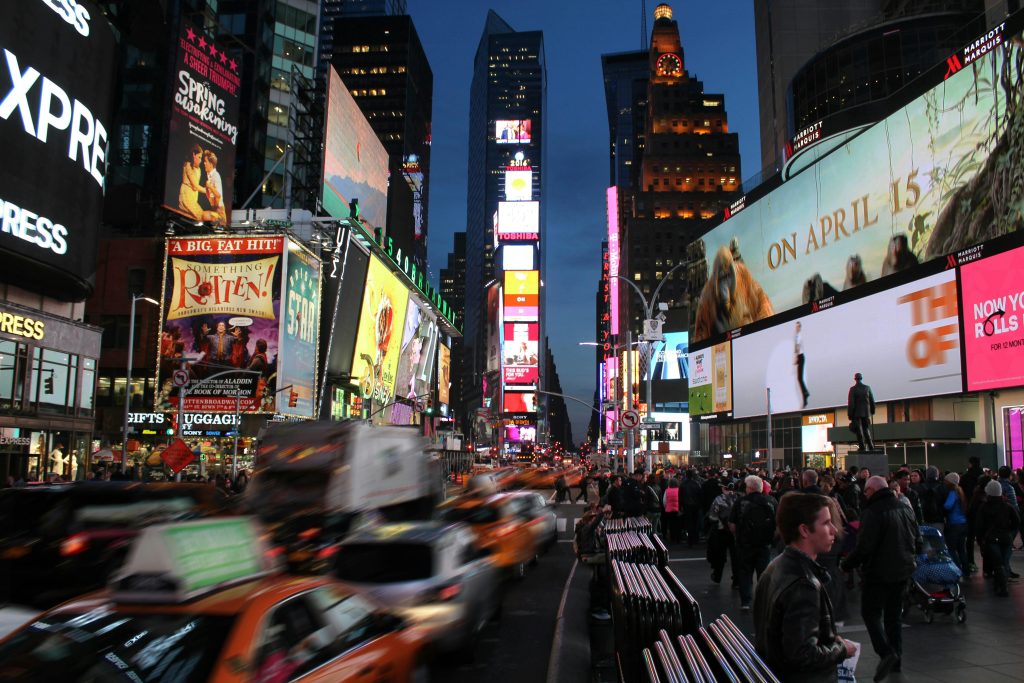
Cultural and Social Aspects of Busy Areas
Busy area are more than just places of commerce and movement—they are vibrant hubs that reflect a community’s cultural and social fabric. The dynamic interactions and activities that take place in these spaces can offer a deep insight into a city’s or neighborhood’s identity. Here’s a look at the cultural and social aspects that define busy areas.
Cultural Diversity and Exchange
Busy areas often act as melting pots where people from different cultural backgrounds converge. Whether it’s a busy downtown street, a popular market, or a public square, these spaces bring together individuals from various ethnicities, traditions, and lifestyles. This diversity fosters cultural exchange, where people can share their languages, foods, music, and traditions.
For example, in many cosmopolitan cities, busy areas feature restaurants offering cuisine from all over the world, street vendors selling traditional foods, and festivals that showcase different cultural performances. These experiences promote understanding and tolerance, allowing people to learn from one another.
Example: A busy market in a city might feature food stalls serving everything from sushi to tacos. At the same time, live music performances draw crowds of all ages, reflecting the city’s multicultural makeup.
Social Interaction and Community Building
The constant flow of people in busy areas creates natural opportunities for social interaction. These spaces act as meeting points where friends, family members, and strangers alike come together. Whether it’s catching up with an old friend at a café, networking with colleagues in a business district, or striking up a conversation with someone on a park bench, people form connections and build relationships in busy areas.
For local communities, busy areas often become the heart of social life. People gather to discuss politics, catch up on local news, or simply enjoy the vibrant atmosphere. Over time, these interactions help foster a sense of belonging and community pride.
Example: People might gather in a busy town square after work, chatting with neighbors and discussing events happening in the area, creating a strong sense of community.
Public Spaces as Cultural Venues
Many busy areas host events and activities that contribute to the local culture. From outdoor concerts and street performances to art installations and festivals, these areas become venues where art, music, and entertainment thrive. These activities not only enrich a community’s cultural life but also attract tourists, contributing to the area’s social dynamism.
In some cities, busy areas are home to public parks, open-air galleries, and event spaces that host regular cultural programs, such as film screenings, public readings, or dance performances. These programs bring people together and create shared experiences.
Example: A busy plaza in a city may host a weekly open-air market selling local crafts while street performers entertain visitors with music and dance.
Social Stratification and Economic Gaps
While busy areas can be vibrant and full of opportunities, they also highlight social and economic disparities. These areas often contain both high-end stores and small, family-run shops. You may find expensive office buildings alongside informal vendors. The contrast between wealth and poverty is usually more visible in busy areas, which can reflect a city’s social stratification.
For instance, in some cities, busy downtown areas may feature luxury shopping districts, while nearby streets might have informal markets or homeless individuals. These disparities can create tension but also raise awareness of economic inequalities that need to be addressed.
Example: A busy street might feature a designer boutique next to a pop-up street food vendor or a small thrift shop, showcasing both wealth and struggle in the same space.
Opportunities for Social Movements and Activism
Busy areas often serve as hotspots for social movements and activism. Because large numbers of people frequent them, they provide an ideal platform for protests, public demonstrations, and campaigns. Activists and community groups can use these spaces to raise awareness about social, political, or environmental issues.
From rallies supporting political causes to groups advocating for human rights or environmental protection, busy areas can become focal points for social change. These areas give voice to individuals and groups who want to be heard, influencing public opinion and shaping the direction of social discourse.
Example: A busy city square might host a rally advocating for climate change awareness, drawing people from all walks of life to show their support.
Economic and Social Interactions
Busy areas also play a key role in shaping economic and social relationships. Small businesses, street vendors, and larger corporations all coexist in these areas, creating a unique economic ecosystem. The hustle and bustle of commerce contribute not only to a city’s economy but also to the social dynamics of the area.
The interactions between consumers and businesses in busy areas create a sense of immediacy and vitality. People from different social strata—shoppers, workers, tourists, and locals—come into contact, exchanging goods, services, and ideas. This interaction fosters a sense of community but can also create competitive environments where businesses must constantly innovate to stay relevant.
Example: A busy shopping street might feature a blend of local shops, corporate retailers, and independent food stalls, where people interact in both economic and social contexts.
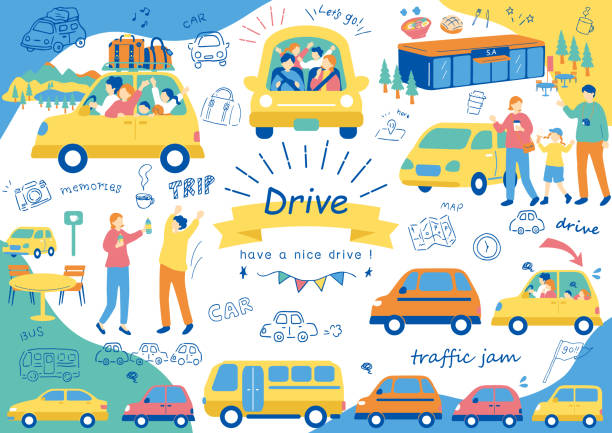
Navigating Busy Areas: Tips and Tricks
Navigating busy areas—whether a bustling city center, a crowded shopping mall, or a busy street—can sometimes feel overwhelming. The constant flow of people, vehicles, and noise can make it challenging to move quickly and stay calm. However, with the right mindset and a few valuable tips, you can navigate busy areas more efficiently and enjoyably.
Here’s a guide filled with practical tips and tricks to help you navigate busy areas with ease:
Plan Your Route in Advance
Before heading to a busy area, take a moment to plan your route. Use a map app or a navigation tool to find the most direct and least crowded path to your destination. If you’re in a large city, try to identify quieter backstreets or shortcuts that can save you time.
Tip: If you’re driving, check for real-time traffic updates to avoid areas with heavy congestion.
Be Mindful of Peak Times
Understanding when busy areas are likely to be the most crowded can help you avoid peak times. Rush hours, lunch hours, weekends, and special events often result in larger crowds. Try to schedule your visit during off-peak hours when the area is less crowded and traffic is lighter.
Tip: Early mornings or late evenings during weekdays tend to be quieter times, especially in shopping districts and office areas.
Keep Your Belongings Secure
It’s easy to become distracted by the crowd in busy areas. Always keep an eye on your personal belongings, especially in crowded public spaces. Consider using a crossbody bag or a secure wallet with zippers to keep your items safe from pickpockets.
Tip: Avoid displaying valuable items such as expensive jewelry or gadgets that might attract unwanted attention.
Be Aware of Your Surroundings
While navigating a busy area, stay alert to your surroundings. Watch out for vehicles, cyclists, and other pedestrians who may be moving quickly. This is especially important when crossing streets or walking in areas with heavy foot traffic.
Tip: Keep your phone in your pocket or bag unless you need it for navigation to avoid being distracted by it. Staying focused on your environment can help you avoid accidents.
Stay Calm and Move at a Steady Pace
When walking through a busy area, try to stay calm and move at a steady pace. Avoid rushing, as this can make you more anxious and prone to accidents. Instead, maintain a relaxed pace and try to keep up with the flow of foot traffic.
Tip: If you’re walking through a crowd, be mindful of those around you. Stay to one side of the path to allow others to pass quickly.
Use Public Transport for Convenience
In densely populated areas, using public transportation is often faster and more efficient than driving. Many busy areas have well-connected bus, train, or subway systems that can get you to your destination quicker than driving, especially during peak traffic hours.
Tip: Plan your route using transportation apps to check for the quickest public transport options.
Stay Hydrated and Take Breaks
Navigating busy areas can be tiring, especially if you’re walking or standing for extended periods. Carry a water bottle and take short breaks when needed. If you feel fatigued or overwhelmed, find a nearby café, park, or seating area to rest and recharge.
Tip: Short breaks in less crowded spots can help you avoid feeling overwhelmed and give you the energy to keep going.
Be Prepared for Delays
In busy areas, delays are familiar—whether from traffic jams, crowded public transportation, or long lines at popular shops or attractions. Build extra time into your schedule to account for these delays, especially if you’re on a tight timeline.
Tip: Try to stay patient and use any waiting time productively—catch up on messages, plan your next steps, or simply observe the surroundings.
Use Technology to Your Advantage
Many busy areas have apps or websites that provide real-time updates on crowd sizes, public transportation schedules, and traffic conditions. Take advantage of these tools to stay informed and adjust your plans accordingly.
Tip: Download local apps for public transport or crowd-tracking services to help you navigate the area quickly.
Watch for Signs and Signals
Most busy areas have signage that can help you find your way, whether it’s in the form of street signs, public transport indicators, or directional arrows. Pay attention to these signs to avoid getting lost or stuck in a dead-end or overcrowded space.
Tip: Look for directory maps in shopping malls or large venues to help you orient yourself and find your destination quickly.
Entertainment Districts
Keeping your Luck8 account safe is essential, especially in today’s digital age where cyber threats…
MM88 Unveils Major Platform Enhancements
In the fast-paced world of online betting, staying ahead of technology trends is essential. Recently,…
Slot machines have fascinated players for generations, from the first mechanical reels in smoky casinos…
Dry shooting training is an important aspect of training for both professionals and amateurs. This…
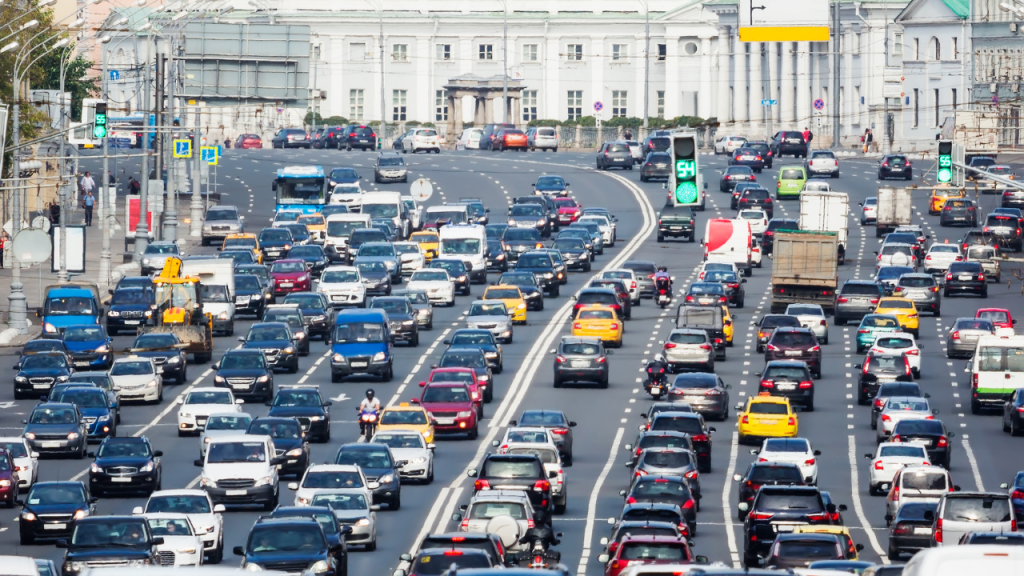
Future of Busy Areas
As urbanization continues to increase and technology evolves, the future of busy areas is set to undergo significant transformation. These areas, which have traditionally been centers of commerce, social interaction, and culture, will be shaped by a combination of technological advancements, urban planning innovations, and shifts in social behaviors. Here’s a look at what we can expect for busy areas in the future.
| Benefit | Description |
|---|---|
| Helps You Stay Fit | Burns calories and builds strength, especially in your legs and core. |
| Boosts Heart Health | Strengthens your heart and improves blood flow, reducing disease risk. |
| Strengthens Your Lungs | Improves your breathing and increases lung power over time. |
| Improves Mental Health | Reduces stress, boosts your mood, and helps you feel more relaxed. |
| Gives You More Energy | Regular running helps you feel less tired and more active during the day. |
| Builds Confidence | Reaching small running goals makes you feel stronger and more motivated. |
| Helps You Sleep Better | Promotes deeper sleep and helps you feel well-rested. |
| Supports Healthy Habits | Encourages better eating, hydration, and overall wellness routines. |
Common FAQs About Busy Areas
Why are busy areas often so crowded?
Busy areas are usually crowded because they are popular for shopping, work, or entertainment. People gather in these areas for various reasons, such as to shop, attend events, or commute. During peak hours, crowds become even more significant as more people are out and about.
How can I avoid getting overwhelmed in a busy area?
To avoid feeling overwhelmed:
- Plan your visit during off-peak hours when fewer people are around.
- Stay calm and take it slow. If it feels crowded, take a break in a quieter spot.
- Keep track of your belongings to stay safe.
- Follow clear paths and signs to avoid getting lost.
What are some tips for navigating a busy area?
Here are a few tips to help:
- Use public transportation to avoid traffic.
- Stay aware of your surroundings and keep an eye on your belongings.
- Walk at a steady pace and avoid rushing.
- Take breaks if you feel tired or overwhelmed.
- Use apps to find quieter routes or check traffic conditions.
What are the challenges of navigating a busy area?
Some common challenges include:
- Heavy traffic and road congestion.
- Large crowds can make it hard to move quickly.
- Noise and distractions can feel overwhelming.
- Limited parking spaces or crowded public transport.
How will busy areas change in the future?
In the future, busy areas may become more innovative and more efficient. Technologies like self-driving cars, intelligent traffic systems, and better public transport options will help reduce congestion. There will also be more green spaces, eco-friendly buildings, and pedestrian-friendly areas.
Why are some areas called “smart cities”?
Smart cities use technology to improve residents’ quality of life. These include innovative traffic systems, energy-efficient buildings, and apps that help people navigate the city better. These technologies aim to make busy areas more organized and livable.
What are “mixed-use spaces” in busy areas?
Mixed-use spaces are areas where you can live, work, and play all in one place. For example, a building could have offices on the top floors, shops, and cafes on the ground floor, and apartments in between. These spaces reduce the need to travel far for daily activities and make busy areas more convenient.
Will there be more green spaces in busy areas in the future?
Yes! In the future, many busy areas will include more green spaces like parks, gardens, and trees. These spaces help reduce pollution, provide relaxation spots, and improve the overall well-being of people living and working in busy areas.
How can I stay safe in busy areas?
To stay safe:
- Keep your personal belongings close to you.
- Be aware of your surroundings and avoid distractions like looking at your phone while walking.
- Stay in well-lit areas and avoid quiet, isolated spots, especially at night.
- Follow local rules and signs to prevent accidents.
How will technology change busy areas?
Technology will make busy areas more efficient by improving traffic flow, reducing pollution, and offering real-time updates on things like transport schedules and crowd sizes. You may also see interactive digital signs, augmented reality (AR), and other tech-based solutions to help people navigate and enjoy the space better.
Will busy areas be more pedestrian-friendly in the future?
Yes! In the future, busy areas are expected to become more pedestrian-friendly, with more walking paths, bike lanes, and car-free zones. This will help reduce traffic congestion and make these areas safer and more enjoyable to walk around.
What is the role of public transportation in busy areas?
Public transportation plays a huge role in helping people navigate busy areas. It reduces traffic, provides affordable options for getting around, and helps lower pollution. In busy areas, buses, trains, and subways are popular ways to avoid traffic jams and reach destinations faster.
Can busy areas be quiet sometimes?
Yes, some busy areas can be quieter during certain times of the day. Early mornings, weekdays, or off-peak seasons are usually less crowded, making it easier to enjoy these areas without feeling overwhelmed. Planning your visit during these times can help you avoid the crowds.
Conclusion
The busy places are dynamic, full of life areas, whether it is the shopping center, the city street or a transportation center. They may be daunting at times but knowing how to move through them can help the experience be a lot easier. By doing a bit of planning you may be able to beat the crowds, stay safe and enjoy the best of your time in these busy spaces.
With the help of technology and improved city planning, congested locations will probably become more creative and more effective in the future. These areas will be made to be more pleasant as well as sustainable to all through intelligent traffic systems, green areas as well as pedestrian friendly designs. There will be further development of public transport, mixed use and environmentally friendly infrastructure that will make cities more habitable.
It is a matter of being ready and sensitive to the environment whether you are coming to a rushy place to conduct business, shop or sightsee. You can make your time in the busy places with proper tools and mindset.